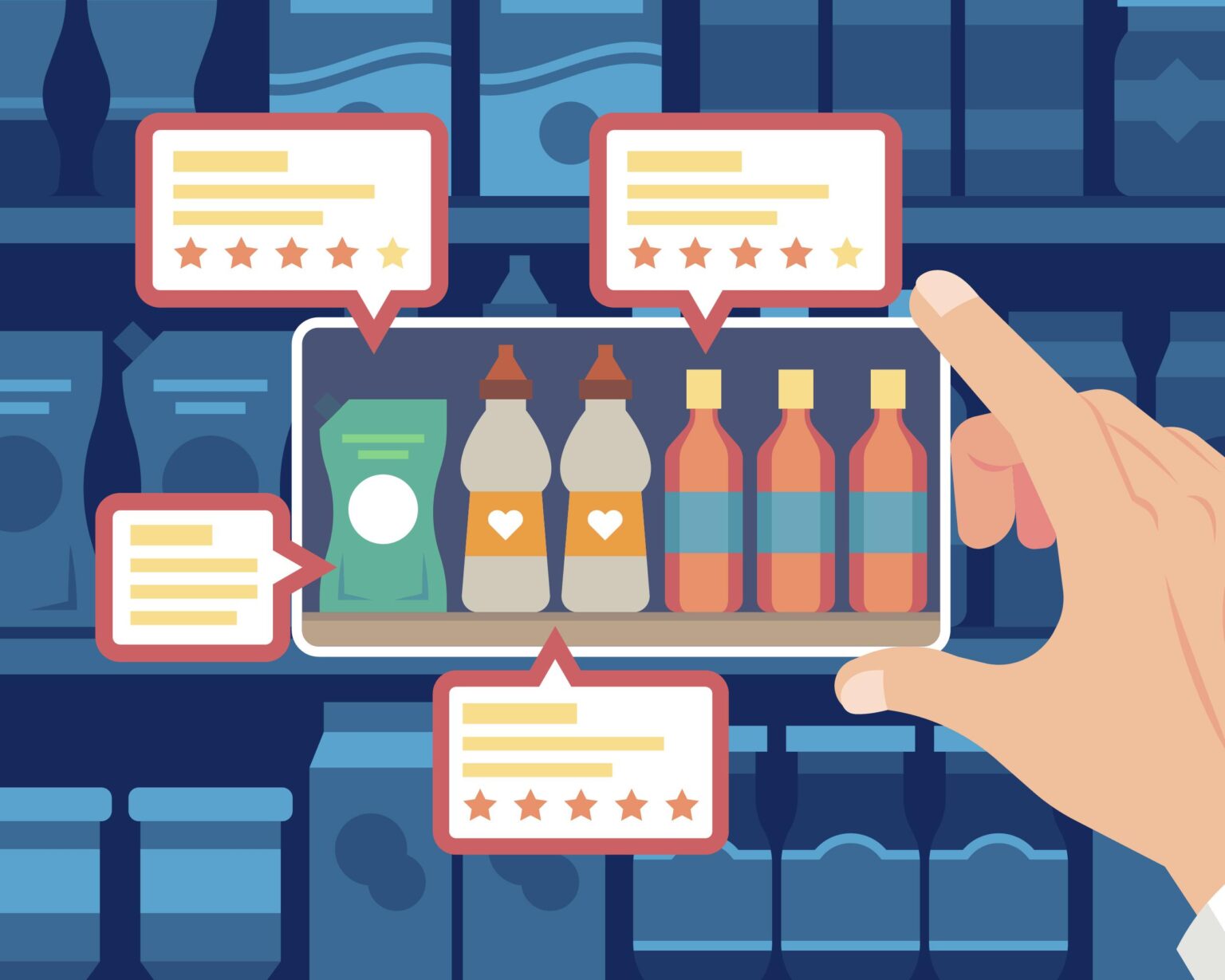Product Liability
If a product does not provide the safety that one may reasonably expect, the manufacturer must compensate the consumer for any damage. This also applies to damage to goods under certain conditions. This principle of strict liability means that the consumer does not need to prove any fault on the part of the manufacturer. It is sufficient to demonstrate that there is damage, that the product is defective, and that there is a causal link between the two.
Historical Background
The regulations on product liability originally stem from Directive 85/374/EEC of 1985. In Belgium, this directive was transposed into the law of February 25, 1991, concerning liability for defective products. This law has since been replaced by the law of February 7, 2024, which is now included in Book 6 of the Belgian Civil Code.
Why a New Directive?
In recent years, the European Commission has followed the case law of the European Court of Justice and conducted various studies. It became clear that a revision of the old directive was necessary due to new technologies such as AI, new business models for the circular economy, and global supply chains.
The new Product Liability Directive provides an improved framework that meets the current needs of both consumers and the industry. For consumers, this means significantly enhanced protection against damage caused by defective products, while companies gain more clarity about their responsibilities.
Key Changes
- Expanded Product Definition: The new directive now also includes software, digital manufacturing such as 3D printers, and digital services that affect the product, such as navigation services in autonomous vehicles.
- Objective Defect Assessment: The assessment of defects must be objective and based on the safety that the general public may expect. This also includes factors such as interconnectivity and self-learning functions.
- Expanded Liability: The group of liable market participants has been expanded. This ensures that there is always a market participant in the EU against whom a claim can be made. This also applies to online platforms and individuals who make significant modifications to products.
- Expanded Compensation: The directive extends compensation to recognized mental health issues and the loss or corruption of personal data.
- Extended Limitation Period: The limitation period has been extended from 10 to 25 years if the victim was unable to file a claim within 10 years due to the latency of a physical injury.
- Eased Burden of Proof: The directive eases the burden of proof for victims by giving courts the authority to require manufacturers to disclose relevant evidence and by introducing legal presumptions of defectiveness and causality.
Maximum Harmonization
The directive involves maximum harmonization. This means that member states cannot have national laws that are stricter or less strict than the directive. This ensures uniform application of the rules throughout the EU.
Contact
Do you have questions about how this new directive affects you? Feel free to contact us for more information.
